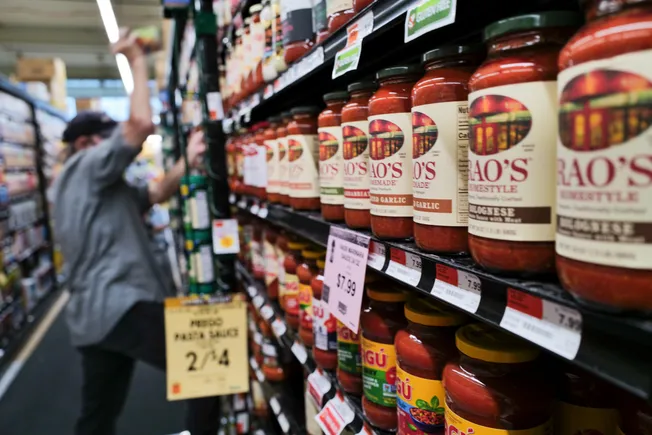Producers, investors and consumers have each observed the rapid transformation of the food and beverage industry in recent years, trends that are poised to continue through 2025.
As the use of GLP-1 medications explodes, consumers continue to seek better-for-you foods and drinks, which opens a window of opportunity for companies looking to capitalize on the growth. Products with higher protein and less sugar content are benefiting from the boom, and heightened awareness on ultra-processed foods is leading some consumers to change their diets. Many analysts think the trend will accelerate this year, which may challenge the established dominance of packaged food companies, forcing them to revamp their formulas.
The adoption of AI tech across the food landscape continues to roil the industry, as manufacturers look for more ways to streamline their supply chains and innovate new products quicker.
With food and beverage trends cycling through at breakneck speed, major CPGs are looking for new revenue streams through mergers and acquisitions. Analysts point to major deals last year, such as Mars’ $36 billion purchase of Cheez-It maker Kellanova and PepsiCo nabbing better-for-you snacks maker Siete Foods for $1.2 billion as indicators of what kinds of investments companies are making.
Alcoholic beverage producers are grappling with a younger generation that drinks less than their elder counterparts. Companies, such as AB InBev and Molson Coors, are shaking up their product portfolios in a bid to poach market share in new categories like nonalcoholic cocktails and energy drinks.
Here are some of the top storylines that will play out this year in the food and beverage sector.

